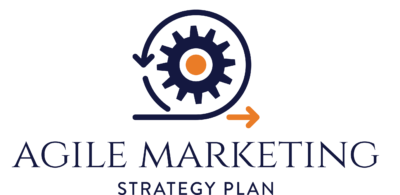On Which
Your Marketing
is Built
Here is an example of the keyword list we are going to put together with a short explanation:
Your strategic message must speak volumes louder than any of your competitors. You must be clear as to who you are and what makes you better than anyone else. This is also known as your Unique Selling Position (USP).
This section is focused on your core messaging applying principles and methodology created by many marketing minds of many generations but modified for today’s consumer. We should not just be focused on being louder. We need to focus on a clear message that uses 7 core principles.
Anyone can place ads. All you need is a bank account or a credit card. The key is how you manage all the little details.
Tactical marketing is where you place your message, when you place it, along with all the other details you might need to focus on. This could be running social media ads with A/B testing with the forward-thinking strategy of if B tests better than A, what next? (I am going to answer that for you)
Another example is setting a budget to run AdWords and tieing that to your budget. If the ads are not performing, what do you do? Just simply ending that campaign might not be the best choice. That is why you should revisit your Strategic Message.
Below you will have a plan of detail on how to manage your budget tied to the tactical placement of advertising.
Setting your budget is extremely important but very often overlooked. This is the core of your entire business growth and scalability. If you have ever thought to yourself, “I will spend more on marketing if it is working!” you are exactly like every other business owner. The issue is that most business owners don’t have a marketing budget tied to exactly lead generation tracking.
This practice is going to have 3 core applications.
Design should be identified in today’s market as UI/UX.
UI = User Interface. The user interface (UI) is the point of human-computer interaction and communication in a device. This can include display screens, keyboards, a mouse, and the appearance of a desktop. It is also the way through which a user interacts with an application or a website.
UX = User experience. This encompasses all aspects of the end-user’s interaction with the company, its services, and its products.
Still a little confused? Most business owners are in regard to this learning curve. The core difference between UI and UX is; UI refers to the screens, buttons, toggles, icons, and other visual elements that you interact with when using a website, app, or other electronic devices. UX refers to the entire interaction you have with a product, including how you feel about the interaction.
This section will likely look a little different for every client. No one business is the same and the needs of each are going to be different. Josh Ramsey will give you the exact details as they come along.
Tracking your return on investment (ROI) must be up-to-date and managed ongoing by your staff! No questions.
One of the best ways to execute tracking is using a CRM. Being able to track the attribution of leads all the way to final sales on a monthly or quarterly basis ties the entire marketing plan together. Tracking your ROI will show you how many leads are in the pipeline and through the downspout to sale. If you track these details properly we can evaluate closely your close rate by attribution to determine the best direction or modification of the budget. This is when we throttle your ad spending and control the budget optimization options.
The next part of tracking your ROI is defining your CPA (cost per acquisition/sale) and CPL (cost per lead). This should also be identified in your budgeting section.
Remember, not all lead sources are created equal. Identify your top three lead sources and average each of them as your baseline. Based on the new baseline you will continue to identify new tactical strategies to improve your overall lead generation.
why
Joshua Ramsey
Fractional CMO?




